We only ever experience three spatial dimensions, but quantum lab experiments suggest a whole new side to reality – weird particle apparitions included.
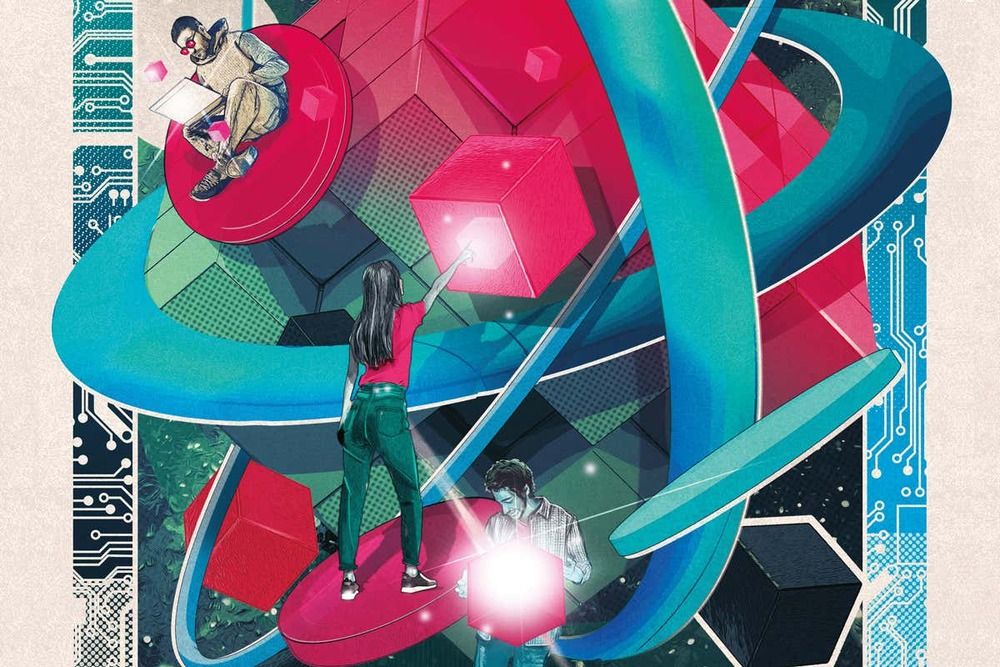


Have you ever been in more than one place at the same time? If you’re much bigger than an atom, the answer will be no.
But atoms and particles are governed by the rules of quantum mechanics, in which several different possible situations can coexist at once.
Quantum systems are ruled by what’s called a “wave function”: a mathematical object that describes the probabilities of these different possible situations.

Light is incredible. You can bend it, you can bounce it, and researchers have now found a way to trap light, physically move it, and then release it again.
This incredible feat of physics was demonstrated at the Johannes Gutenberg University Mainz and published in Physics Review Letters. Researchers trapped light in a quantum memory, a cloud of ultra-cold rubidium atoms. The quantum memory was then moved 1.2 millimeters and the light was released with little impact on its properties.
“We stored the light by putting it in a suitcase so to speak, only that in our case the suitcase was made of a cloud of cold atoms. We moved this suitcase over a short distance and then took the light out again. This is very interesting not only for physics in general, but also for quantum communication because light is not very easy to ‘capture’, and if you want to transport it elsewhere in a controlled manner, it usually ends up being lost,” senior author Professor Patrick Windpassinger said in a statement.
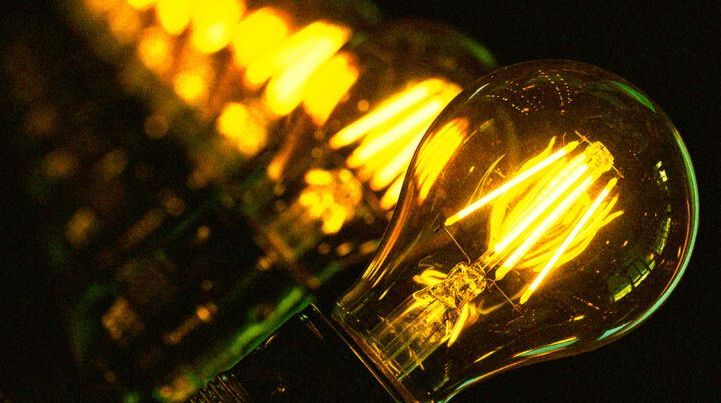
A team of German physicists managed to pack up light — and unpack it 1.2 millimeters away, without altering it in the process.
It’s a simple concept, but extremely difficult to actually pull off. To do it, the team from the Johannes Gutenberg University Mainz (JGU) had to cool down rubidium-87 atoms to almost absolute zero.
“We stored the light by putting it in a suitcase so to speak, only that in our case the suitcase was made of a cloud of cold atoms,” Patrick Windpassinger, professor at JGU, research lead, said in a statement. “We moved this suitcase over a short distance and then took the light out again.”

A team of physicists led by Professor Patrick Windpassinger at Johannes Gutenberg University Mainz (JGU) has successfully transported light stored in a quantum memory over a distance of 1.2 millimeters. They have demonstrated that the controlled transport process and its dynamics has only little impact on the properties of the stored light. The researchers used ultra-cold rubidium-87 atoms as a storage medium for the light as to achieve a high level of storage efficiency and a long lifetime.
“We stored the light by putting it in a suitcase so to speak, only that in our case the suitcase was made of a cloud of cold atoms. We moved this suitcase over a short distance and then took the light out again. This is very interesting not only for physics in general, but also for quantum communication, because light is not very easy to ‘capture’, and if you want to transport it elsewhere in a controlled manner, it usually ends up being lost,” said Professor Patrick Windpassinger, explaining the complicated process.
The controlled manipulation and storage of quantum information as well as the ability to retrieve it are essential prerequisites for achieving advances in quantum communication and for performing corresponding computer operations in the quantum world. Optical quantum memories, which allow for the storage and on-demand retrieval of quantum information carried by light, are essential for scalable quantum communication networks. For instance, they can represent important building blocks of quantum repeaters or tools in linear quantum computing. In recent years, ensembles of atoms have proven to be media well suited for storing and retrieving optical quantum information. Using a technique known as electromagnetically induced transparency (EIT), incident light pulses can be trapped and coherently mapped to create a collective excitation of the storage atoms. Since the process is largely reversible, the light can then be retrieved again with high efficiency.

Circa 2018
If you’ve been a grunt, then you probably have a love-hate relationship with body armor. You love having it in a firefight — it can save your life by stopping or slowing bullets and fragments — but you hate how heavy it is — it’s often around 25 pounds for the armor and outer tactical vest (more if you add the plate inserts to stop up to 7.62mm rounds). It’s bulky — and you really can’t move as well in it. In fact, in one firefight, a medic removed his body armor to reach wounded allies, earning a Distinguished Service Cross.

Circa 1994
It is generally accepted that structure formed in the matter dominated Universe, for obvious reasons. In this paper, we would like to suggest an alternate theory: that structure could have formed in the radiation dominated Universe if it was “protected” from destruction. This protection is envisioned as a “crystal”, of sorts, made up of primordial black holes (PBH’s), which form a cavitation into which any matter particles in the nucleosynthesis period of the Universe (around 100 seconds after the Big Bang) could have taken refuge. A sort of oasis in a sea of radiation. Such a scenario could solve several problems in cosmology, namely: how matter got a foot-hold over anti-matter in the Universe; the structure/galaxy formation problem; and possibly suggest ideas on the gamma-ray count and distribution.
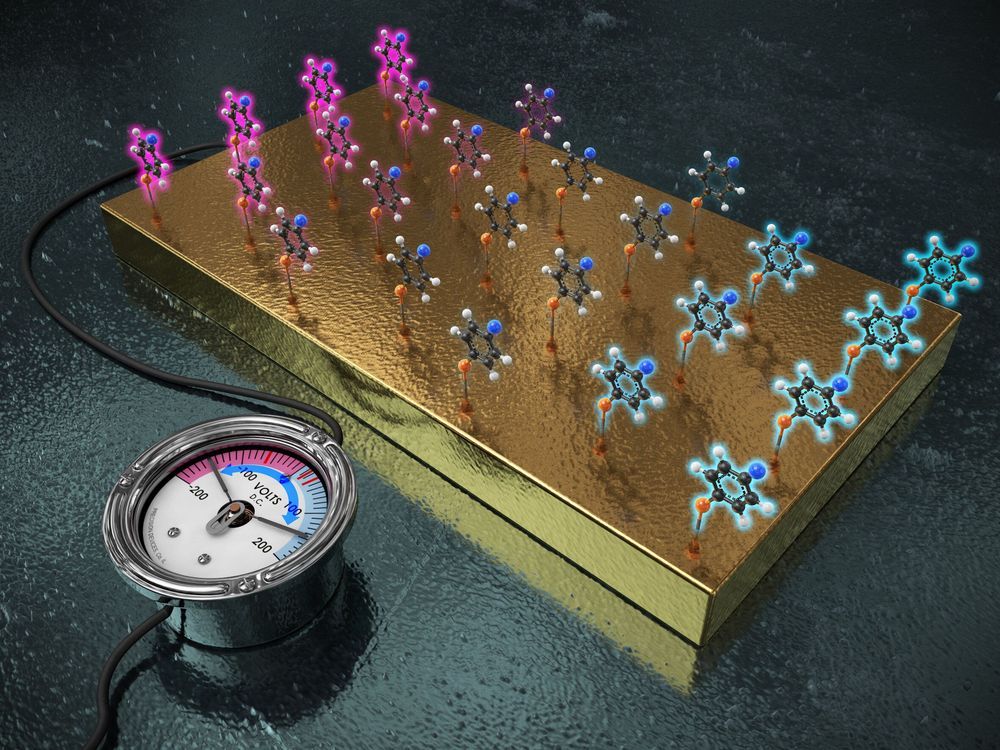
A team of researchers affiliated with several institutions in the Republic of Korea has found that it is possible to replace chemical functional groups with a gold electrode to control the reactivity of a molecule. In their paper published in the journal Science, the group describes attaching target molecules to a gold electrode to change the properties of immobilized molecules and how their technique performed when used to rate changes in the hydrolysis of certain esters.
In chemistry, functional groups are assortments of atoms that together work to attach carbon skeletons in organic molecules. All organic molecules have their own unique functional groups, which play an important role in the formation of molecules. Functional groups can also donate or take away electrons when one molecule comes into contact with another, which is how many chemical reactions occur.
Chemists have found that they can tinker with functional groups to speed up or slow down reactions to suit their needs, and because of that, functional groups play an important role in chemical synthesis. Unfortunately, developing reactions to produce desired products using functional groups has proven to be slow and difficult work. In this new effort, the researchers have found a way to replace the use of functional groups with a gold electrode to make the work easier. They simply attached molecules to a gold electrode and turned on the electricity. The technique allowed for more control over reactions by varying the amount of electricity supplied to the electrode. In such a capacity, the electrode was able to work as a “universal functional group” to inhibit or propel reactions when the researchers manipulated the amount of electricity applied to the electrode.
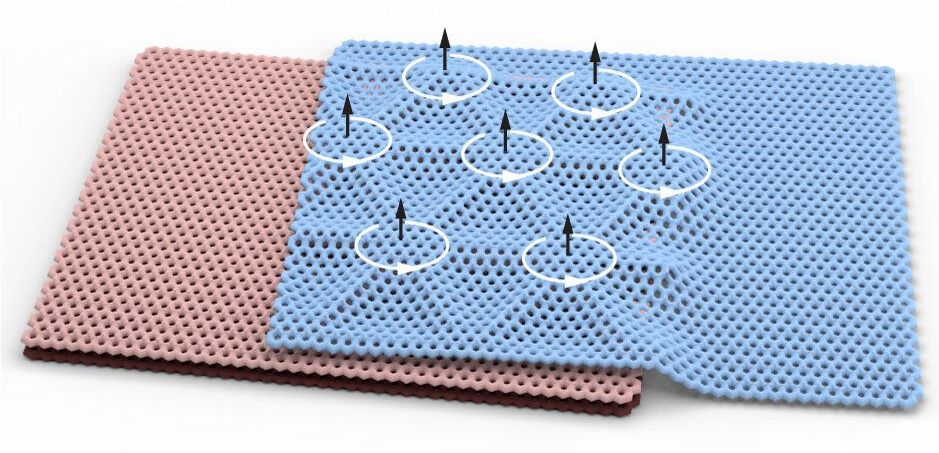
Since the discovery of graphene more than 15 years ago, researchers have been in a global race to unlock its unique properties. Not only is graphene—a one-atom-thick sheet of carbon arranged in a hexagonal lattice—the strongest, thinnest material known to man, it is also an excellent conductor of heat and electricity.
Now, a team of researchers at Columbia University and the University of Washington has discovered that a variety of exotic electronic states, including a rare form of magnetism, can arise in a three-layer graphene structure.
The findings appear in an article published Oct. 12 in Nature Physics.
Physics theory suggests that exotic excitations can exist in the form of bound states confined in the proximity of topological defects, for instance, in the case of Majorana zero modes that are trapped in vortices within topological superconducting materials. Better understanding these states could aid the development of new computational tools, including quantum technologies.
One phenomenon that has attracted attention over the past few years is “braiding,” which occurs when electrons in particular states (i.e., Majorana fermions) are braided with one another. Some physicists have theorized that this phenomenon could enable the development of a new type of quantum technology, namely topological quantum computers.
Researchers at Pennsylvania State University, University of California-Berkeley, Iowa State University, University of Pittsburgh, and Boston University have recently tested the hypothesis that braiding also occurs in particles other than electrons, such as photons (i.e., particles of light). In a paper published in Nature Physics, they present the first experimental demonstration of braiding using photonic topological zero modes.